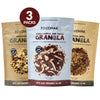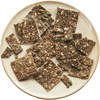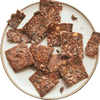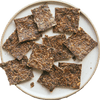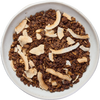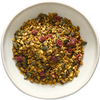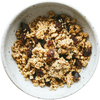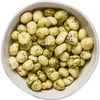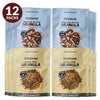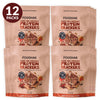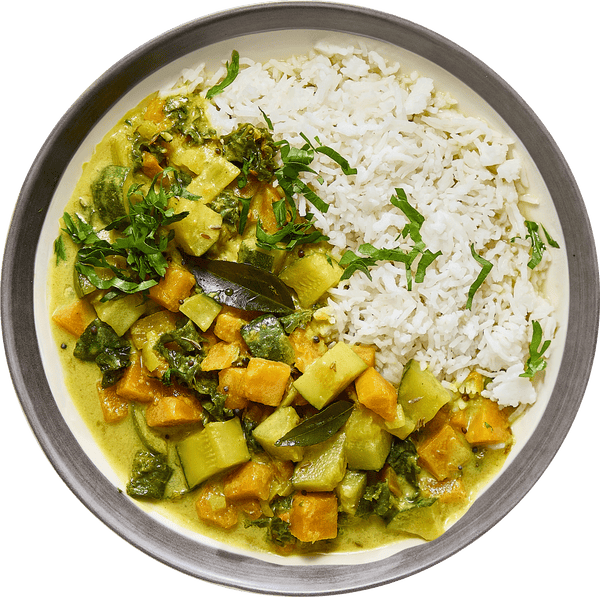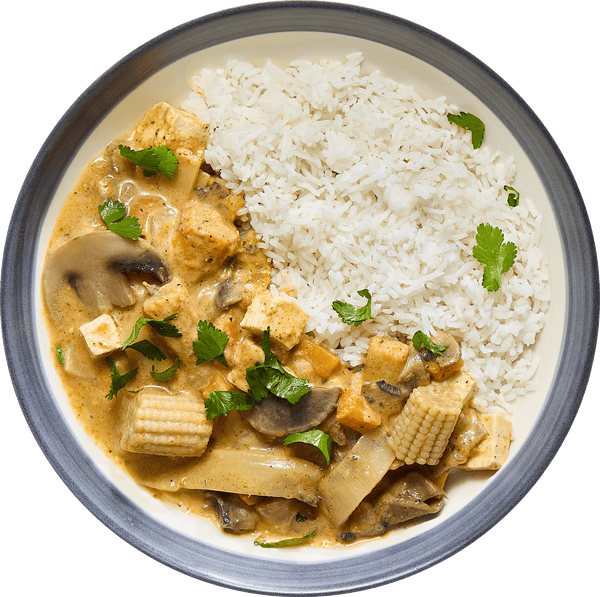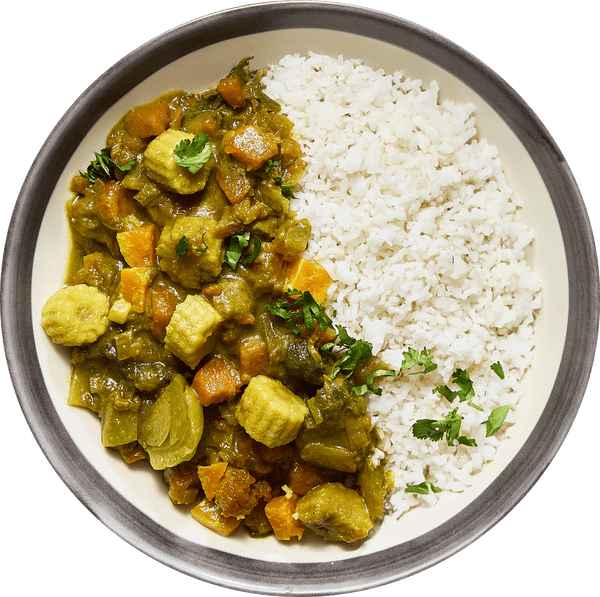
Is Indian Cuisine Really Healthy?
India is a land of diverse cultures. It is a place where you will find multiple cuisines which are extremely delicious. But there is a misconception that Indian food is unhealthy. But Indian cuisine is not inherently unhealthy. Like any other cuisine, it depends on the ingredients, preparation methods, and portion sizes.
Healthy Indian food is essential as Indian cuisines become famous around the world because of their fragrant spices and flavours. Apart from its flavour, it also has all the essential nutrients in a balanced quantity. If you love a bit of spice in your food, then Indian food must be your go-to food.
Indian food is famous for many primary characteristics, like being heavy, spicy, hot, and delicious. But, many western countries claim that Indian food is unhealthy. Keep scrolling to burst out a few misconceptions about Indian dishes.
Understanding the Indian food habits
Indian food habits are diverse and vary greatly across different regions. However, some commonalities in Indian cuisine can be identified.
-
Vegetarianism: Many of the Indian population follow a vegetarian diet, and vegan food in India is widely available in restaurants and homes. This is partly due to religious and cultural beliefs, particularly Hinduism, Jainism, and Buddhism. Some of the most famous vegetarian Indian curries that most vegetarians eat are Khadai paneer, veg kofta, chole, and Dum aalo, to name a few.
-
Spices: Indian cuisine uses various spices, including cumin, coriander, turmeric, cardamom, cinnamon, and cloves. Spices are used to add flavour and aroma to dishes and for their medicinal properties.
-
Rice and bread: Rice and bread are staples of the Indian diet. Rice is commonly served with curries, dals (lentil soups), and other dishes. Bread is often made from wheat flour and includes options such as naan, roti, and paratha.
-
Street food: Street food is a popular part of Indian cuisine, and it is often sold from food carts and stalls on the side of the road. Popular street foods include chaat (spicy snacks), vada pav (potato fritters in a bread roll), and dosa (a crispy crepe made from fermented rice and lentil batter). Nowadays, you can also see Indian fusion in Chinese food on the streets. Some of the most popular dishes included in the Indian Fusion menu are tandoori momos, noodles, Manchurian, Chinese bhel, etc.
-
Regional variations: Indian cuisine varies greatly from region to region. For example, the North's food differs from that of the South. Each region has its unique dishes, ingredients, and cooking styles.
Indian food habits are characterized by a love of flavour and variety and a deep connection to cultural and religious traditions.
Clearing the misconception of Indian cuisine as being unhealthy
A common misconception is that Indian cuisine is unhealthy, which is not entirely true. While some Indian dishes may be high in calories, fat, and sodium, there are plenty of healthy and nutritious options. Let's burst out some of the most common misconceptions about Indian food:
-
Indian cuisines are always spicy and greasy - While it is true that some Indian dishes can be spicy and rich, many are mild and light, incorporating fresh vegetables and lean proteins. Indian cuisines are incredibly diverse, with various vegetarian and non-vegetarian options catering to different dietary needs and preferences.
Do you know? Mapo Tofu and Fried Rice with Tofu, Edamame and Sweetcorn are not just less spicy and greasy but also delicious and nutritious.
-
All Indian cuisines are fried or cooked in lots of oil - While some dishes require frying or sauteing in oil, many Indian recipes use healthier cooking methods such as baking, grilling, or steaming. Many Indian dishes are also traditionally made with plant-based oils like mustard, sesame, or coconut, which are more beneficial for health than processed oils.
Do you know? Mildly spiced and roasted, Kale & Spirulina Bhaji is a perfect snack that is not cooked in lots of oil.
-
High in carbs and lacking in protein - Many people assume that Indian food is high in carbs and lacking in protein. However, many Indian dishes are rich in lentils, legumes, and beans, which are excellent sources of protein, fibre, and other essential nutrients. Indian cuisine also features a wide range of whole grains like rice, quinoa, and millet, which are nutritious and filling.
Do you know? Korean Bulgogi Stew, and Mushroom Stroganoff are high in protein thereby helping you to maintain your muscle mass.
Important facts about unhealthy food:
-
The basic fact of Unhealthy food is that they are tasty, easily available, and cheap. Hence, people eat them without considering how many calories they consume and how they are made.
-
High-calorie foods to avoid include fast foods, processed meats, desserts, candies, fatty meats, white bread products, snacks, sugary drinks, alcohol, and condiments. According to NHS, the daily value (DV) for calories is 2000 per day for women and 2,500 for men. Those wanting to lose weight should aim for 1500-1800 calories daily.
-
Long-term weight loss and management can be challenging due to the interactions between our biology, behaviour, and the obesogenic environment riddled with inexpensive, highly-processed foods we've been conditioned to crave.
-
Even though it's been explained that processed meats like breakfast sausage, bacon, and turkey bacon are horrible for your health, this food category is unhealthy.
Benefits of Indian Food
All the cuisines in an Indian diet contribute to a wide range of benefits; satisfying the appetite is important, but it is also necessary to check the calorie count. Indian cuisine is rich in green vegetables and fresh fruits, which is considered beneficial a traditional Indian diet also contains yoghurts which make the gut healthy. It also contains essential elements like garlic, turmeric, and chilli, which are considered healing characteristics.
-
Turmeric in Indian dishes protects against prostate diseases and heart health and reduces the risk of diabetes. Consuming a diet rich in turmeric also helps to protect against impotence.
-
Ginger in Indian dishes also helps against nausea and digestion. You can also try Foodhak’s Indian vegetable biriyani made with a blend of ginger, fragrant spices, and fresh seasonal veggies.
-
The garlic in Indian dishes benefits the heart and improves the immune system and metabolism. Indian dishes, when consumed in limited amounts, will not only satisfy your taste buds and contribute to all the health benefits. Foodhak has to offer tasty Ayurvedic Indian curry rich in health benefits with the asafoetida for those delicious onion and garlic flavours.
-
Cinnamon may also provide heart-healthy benefits, such as reducing high blood cholesterol and triglyceride levels. That's especially important for people with diabetes at greater risk of developing heart disease.
Indian cuisine is diverse, flavorful, and healthy. While there may be a misconception that all Indian food is spicy or heavy, it's important to note that regional variations exist, and not all dishes are spicy or heavy. Many Indian dishes are vegan, vegetarian, or gluten-free, making them versatile and inclusive. It's also worth noting that the use of spices and herbs in Indian cooking offers numerous health benefits. So, the next time you have the opportunity to try Indian food, don't hesitate to explore the various options and flavours available.
If you are looking for more healthy Indian cuisine options, Foodhak is the right place. So, don't wait any longer and start your journey towards healthy living with Foodhak.
Also read: Healthy Foods


